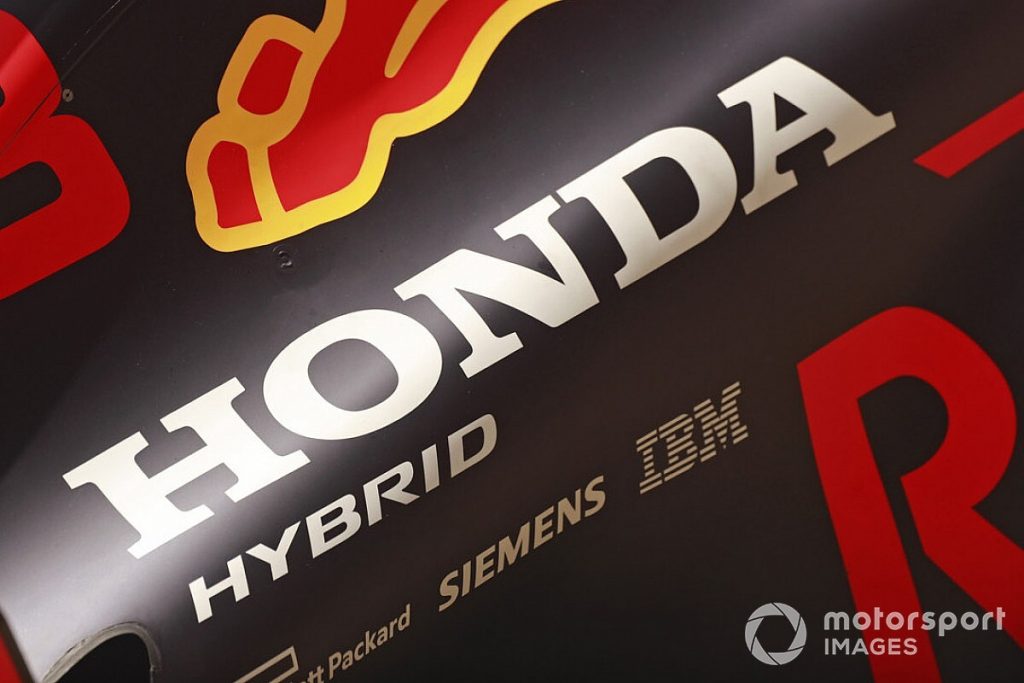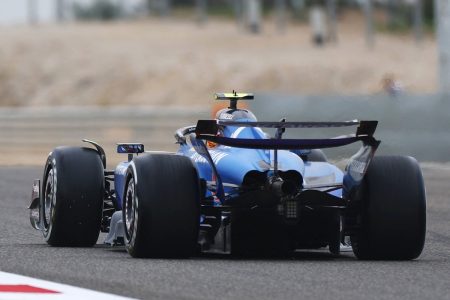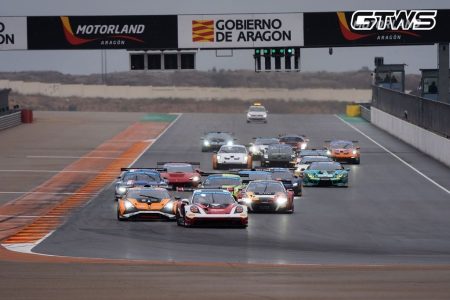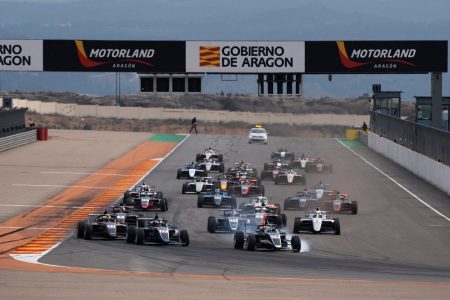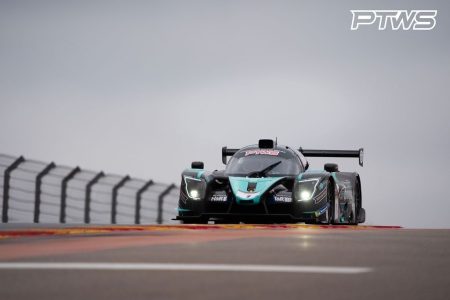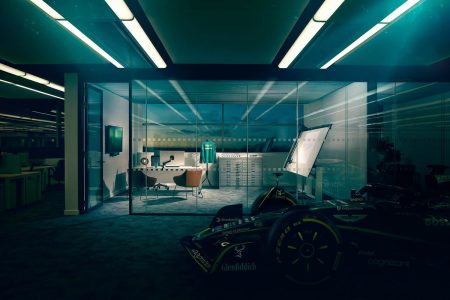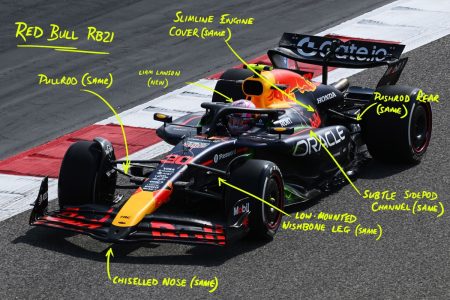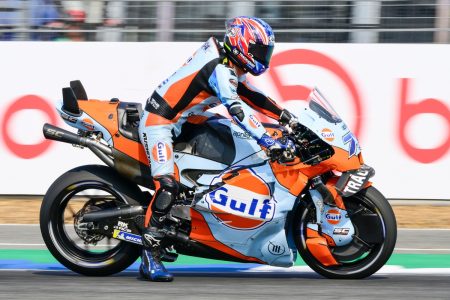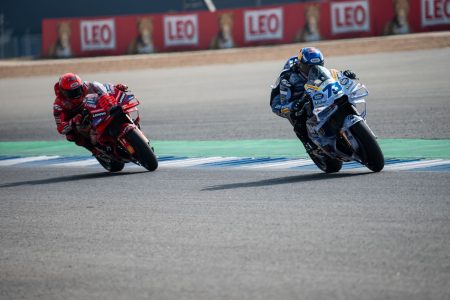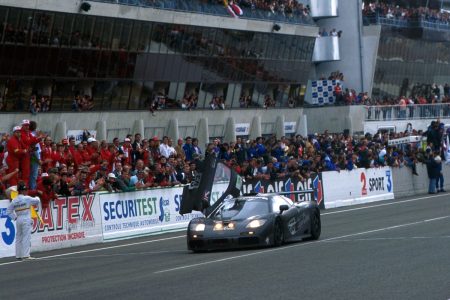An Unexpected Start: The Red Bull-Honda Partnership
From an inauspicious beginning in a Formula 1 era dominated by Mercedes, the partnership between Red Bull and Honda transformed both teams into formidable contenders. The collaboration culminated in Max Verstappen following in Sebastian Vettel’s footsteps, securing four world championships and amassing 63 wins by the end of 2024. However, this success story is now coming to an end, with Red Bull taking control of its powertrain development through Red Bull Powertrains-Ford, while Honda forms a new alliance with Aston Martin for the 2026 season.
The partnership’s roots trace back to a tumultuous period. On October 2, 2020, Honda announced its intention to withdraw from Formula 1 after the 2021 season, a decision driven by the company’s commitment to electrification and the economic uncertainties of the COVID-19 pandemic. The announcement caught the F1 community by surprise, leaving Red Bull with limited options. Team principal Christian Horner, reflecting on the decision, noted the challenges they faced: "We wouldn’t get an engine from Mercedes, and at Ferrari, we weren’t sure how many cylinders we would get. Renault wasn’t a viable option either." Despite the challenges, Red Bull saw an opportunity to take control of its destiny.
Navigating the Transition: Red Bull and Honda’s Extended Collaboration
Initially, Red Bull explored the option of acquiring Honda’s intellectual property to continue building the current power unit until the end of the rules cycle. However, the complexity of the supply chain and operational logistics made this impractical. Instead, a paid deal between Honda and Red Bull was struck, extending their collaboration until the end of 2025. Under this agreement, Honda would provide technical support and supply engines for both Red Bull Racing and AlphaTauri. Honda Racing Corporation chief Koji Watanabe explained, "We announced stopping our Formula 1 activities, but after discussions with Red Bull, they wanted us to continue. That’s why we became a kind of technical support since then. In fact, we still operate everything on the power unit side."
This arrangement allowed Red Bull to maintain its competitive edge while they developed their own powertrain capabilities. Horner emphasized the positive relationship: "We are a customer to Honda. We pay for engines through a separate entity of Red Bull Powertrains. It has been a great relationship, and they continue to provide an excellent service that we pay for, to provide engines for the four cars." This extension provided the necessary stability for Red Bull to continue its championship pursuits, setting the stage for Verstappen’s remarkable achievements.
Honda’s F1 U-Turn and Red Bull’s Independent Path
As the 2026 regulations started to align with Honda’s strategic goals, the Japanese manufacturer began entertaining the idea of a return to Formula 1. The new regulations, which emphasize sustainable fuels and a higher percentage of hybrid power, were particularly attractive to Honda. Watanabe stated, "The direction with the carbon-neutral fuel is very good for us, so that is basically why we decided to officially return to Formula 1." Initially, Honda reached out to Red Bull to explore a collaborative return, but by this point, Red Bull had already invested heavily in its own powertrain project.
Adviser Helmut Marko’s visit to Honda in Japan highlighted the interest, but the timing was not in their favor. Watanabe recalled, "When we withdrew from Formula 1, Red Bull decided to establish its own power unit company—there was no room to work together." Verstappen echoed this sentiment: "A few years ago, they said ‘we’re going to stop,’ so Red Bull set up its own engine division. Unfortunately, once you’re already in the process of building a whole engine yourself, you can’t really work together anymore."
Despite the missed opportunity, Honda and Red Bull did discuss a potential split collaboration, with Red Bull handling the internal combustion engine and Honda focusing on the electrical parts. However, the logistical and engineering challenges made this option unfeasible. Watanabe admitted, "It wouldn’t have been easy at all if they only made the ICE and we did the electrical parts, so in the end we found out that it was impossible to collaborate under these conditions."
New Horizons: Honda and Aston Martin
With the door closed on a renewed partnership with Red Bull, Honda turned its attention to other teams. After officially registering with the FIA as a power unit supplier for 2026, Honda began discussions with multiple teams. Aston Martin, under the ownership of Lawrence Stroll, emerged as the most promising partner. Watanabe revealed, "In the first part of the process, there were only conversations between Honda and Red Bull. The discussions with other teams started after we officially registered ourselves with the FIA as a power unit supplier for 2026."
Aston Martin’s ambitious plans and the alignment of goals made it a natural fit for Honda. The team’s pursuit of competitive success and technological innovation resonated with Honda’s vision for the 2026 regulations. Watanabe noted, "Several teams approached us, but with Aston Martin, we saw the potential for a strong, long-term partnership." This alliance represents a new chapter for both Honda and Aston Martin, with the potential to bring fresh energy and innovation to the sport.
Red Bull’s Independent Journey with Ford
While Honda found a new partner in Aston Martin, Red Bull moved forward with its own powertrain project, bolstered by a technical partnership with Ford. The OEM’s expertise in battery cell and electric motor technology, as well as power unit control software and analytics, provided valuable support to Red Bull Powertrains. Horner described the partnership: "Ford’s contribution is invaluable. They bring a wealth of knowledge and experience in critical areas that will help us develop a competitive power unit."
The decision to build and develop engines in-house was driven by a desire for greater control and long-term sustainability. Horner highlighted the benefits: "With this route, we have way more control of our own destiny. The investment we’ve made is for the long term, it’s not a short-term commitment." The team’s integrated approach, with all aspects of the power unit under one roof, is a significant advantage. Horner added, "For us, that’s invaluable. We’ve got a huge amount of passion, great people, facilities, and partners, and the attitude that served us so well in the 122 race wins we’ve achieved so far."
Looking to the Future: Challenges and Opportunities
Despite the challenges ahead, Red Bull remains optimistic about its future. The 2026 regulations will bring intense competition from established manufacturers like Mercedes, Ferrari, and Honda, all with decades of experience. Horner acknowledged the scale of the task: "I’ve got no illusions that there won’t be challenges in 2026. To hit the ground running with a competitive power unit against such formidable opponents is a daunting prospect." However, he is confident in the team’s capabilities: "We’ve got three years of experience, but we’ve got a huge amount of passion and a dedicated team. It would be so rewarding when we add to our race win tally with an engine that’s been designed, built, and manufactured here in Milton Keynes."
The journey from an inauspicious start to the top of the podium has been marked by resilience and innovation. As Red Bull and Honda go their separate ways, both teams are poised to write new chapters in the history of Formula 1, each bringing their own unique strengths and vision to the sport.

